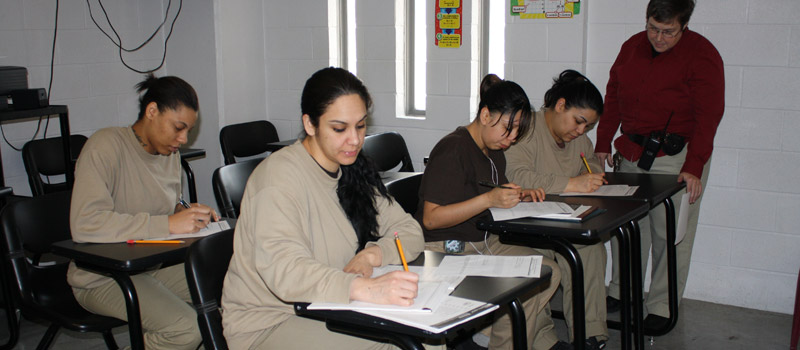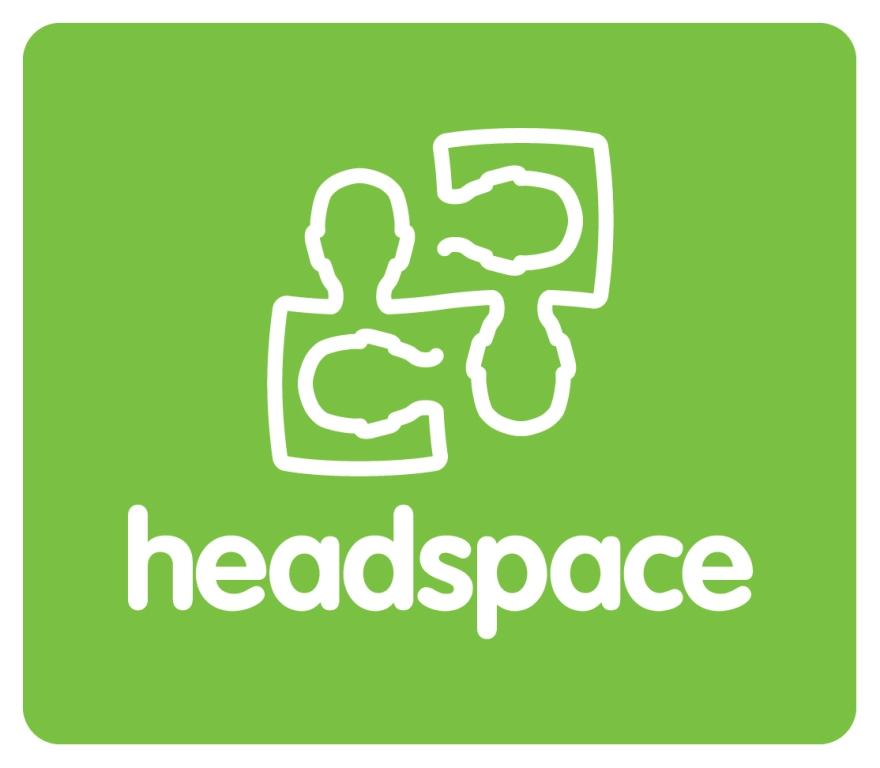|
Justice Action
Justice Action is a not-for-profit community organisation based in Sydney, Australia. Justice Action focuses on abuses of authority in the criminal justice and mental health systems in Australia. Founded in 1979 as Prisoner Action, Justice Action is independent of the Australian government and is funded by voluntary donations and the work of the social enterprise, Breakout Media Communications. Justice Action's coordinator is Brett Collins, an ex-prisoner who began with the organisation in 1979 as co-founder. Alongside Collins, Justice Action is run by a team of interns who are university students in law and other degrees. Campaigns and activities In operation since 1979, Justice Action is one of the oldest independent prisoners' rights and advocacy services in Australia, and has had a significant impact on the development of criminal justice policy in Australia. It led the creation of various other agencies and organisations, including the Prisoners Legal Service in 1979, fol ... [...More Info...] [...Related Items...] OR: [Wikipedia] [Google] [Baidu] |
Community Organisation
Community organization or Community Based Organization refers to organization aimed at making desired improvements to a community's social health, well-being, and overall functioning. Community organization occurs in geographically, psychosocially, culturally, spiritually, and digitally bounded communities. Community organization includes community work, community projects, community development, community empowerment, community building, and community mobilization. It is a commonly used model for organizing community within community projects, neighborhoods, organizations, voluntary associations, localities, and social networks, which may operate as ways to mobilize around geography, shared space, shared experience, interest, need, and/or concern. Introduction Community organization is differentiated from conflict-oriented community organizing, which focuses on short-term change through appeals to authority (i.e., pressuring established power structures for desired change), by fo ... [...More Info...] [...Related Items...] OR: [Wikipedia] [Google] [Baidu] |
Human Rights
Human rights are Morality, moral principles or Social norm, normsJames Nickel, with assistance from Thomas Pogge, M.B.E. Smith, and Leif Wenar, 13 December 2013, Stanford Encyclopedia of PhilosophyHuman Rights Retrieved 14 August 2014 for certain standards of human behaviour and are regularly protected in Municipal law, municipal and international law. They are commonly understood as inalienable,The United Nations, Office of the High Commissioner of Human RightsWhat are human rights? Retrieved 14 August 2014 fundamental rights "to which a person is inherently entitled simply because she or he is a human being" and which are "inherent in all human beings",Burns H. Weston, 20 March 2014, Encyclopædia Britannicahuman rights Retrieved 14 August 2014. regardless of their age, ethnic origin, location, language, religion, ethnicity, or any other status. They are applicable everywhere and at every time in the sense of being Universality (philosophy), universal, and they are Egalitari ... [...More Info...] [...Related Items...] OR: [Wikipedia] [Google] [Baidu] |
Prison Education
Prison education is any educational activity that occurs inside prison. Courses can include basic literacy programs, secondary school equivalency programs, vocational education, and tertiary education. Other activities such as rehabilitation programs, physical education, and arts and crafts programs may also be considered a form of prison education. Programs are typically provided, managed, and funded by the prison system, though inmates may be required to pay for distance education programs. The history of and current practices in prison education vary greatly among countries. Those entering prison systems worldwide have, on average, lower levels of education than the general population. Prison education often aims to make the inmate more employable after release. Administrating and attending educational programs in prisons can be difficult. Staff and budget shortages, a lack of educational resources and computers, and the transfer of prisoners between facilities are common bar ... [...More Info...] [...Related Items...] OR: [Wikipedia] [Google] [Baidu] |
Prisoner Abuse
Prisoner abuse is the mistreatment of persons while they are under arrest or incarcerated. Prisoner abuse can include physical abuse, psychological abuse, sexual abuse, torture, or other acts such as refusal of essential medication. Physical abuse Physical abuse of prisoners includes illicit beating and hitting of prisoners, unlawful corporal punishment, stress positions, and excessive or prolonged physical restraining. According to the New York Times, along with physical abuse, prisoners are being thrown into jail for mental illnesses that they obtain and not being treated for them. This causes their issues to get worse and in some cases never get better. Also, relating to physical abuse the mentally ill can be thrown into restrained areas for a long amount of time because of their mental condition, this means that these mentally ill people do not have the resources to get better in the jail. This is also caused by overpopulation in jails. Penal Reform International clai ... [...More Info...] [...Related Items...] OR: [Wikipedia] [Google] [Baidu] |
Mental Health In Australia
Mental health in Australia has been through a significant shift in the last 50 years, with 20% of Australians experiencing one or more mental health episodes in their lifetimes. Australia runs on a mixed health care system, with both public and private health care streams. The public system includes a government run insurance scheme called Medicare, which itself aids towards mental health schemes. Each state within Australia have their own management plans for mental health treatment, however, the overarching system and spending remains the same. Australia has been noted as being a ‘leader’ in mental health policy making and management. Australia has gone through a rigorous process towards making their mental health policies, with a rich history and a series of changes. History Australia has a recorded history of a British system of managing mental health since the first fleet arrived in 1788. When the convicts arrived, all those deemed ‘insane’ were placed in a locked are ... [...More Info...] [...Related Items...] OR: [Wikipedia] [Google] [Baidu] |
Judicial System
The judiciary (also known as the judicial system, judicature, judicial branch, judiciative branch, and court or judiciary system) is the system of courts that adjudicates legal disputes/disagreements and interprets, defends, and applies the law in legal cases. Definition The judiciary is the system of courts that interprets, defends, and applies the law in the name of the state. The judiciary can also be thought of as the mechanism for the resolution of disputes. Under the doctrine of the separation of powers, the judiciary generally does not make statutory law (which is the responsibility of the legislature) or enforce law (which is the responsibility of the executive), but rather interprets, defends, and applies the law to the facts of each case. However, in some countries the judiciary does make common law. In many jurisdictions the judicial branch has the power to change laws through the process of judicial review. Courts with judicial review power may annul the laws ... [...More Info...] [...Related Items...] OR: [Wikipedia] [Google] [Baidu] |
Involuntary Treatment
Involuntary treatment (also referred to by proponents as assisted treatment and by critics as forced drugging) refers to medical treatment undertaken without the consent of the person being treated. Involuntary treatment is permitted by law in some countries when overseen by the judiciary through court orders; other countries defer directly to the medical opinions of doctors. Some countries have general legislation allowing for any treatment deemed necessary if an individual is unable to consent to a treatment due to lack of capacity, other legislation may specifically deal with involuntary psychiatric treatment of individuals who have been diagnosed with a mental disorder. Psychiatric treatment normally happens in a psychiatric hospital after some form of involuntary commitment, though individuals may be compelled to undergo treatment outside of hospitals via outpatient commitment. The diagnosis of mental disorders can be carried out by some form clinical practitioner, or in s ... [...More Info...] [...Related Items...] OR: [Wikipedia] [Google] [Baidu] |
Involuntary Commitment
Involuntary commitment, civil commitment, or involuntary hospitalization/hospitalisation is a legal process through which an individual who is deemed by a qualified agent to have symptoms of severe mental disorder is detained in a psychiatric hospital (inpatient) where they can be treated involuntarily. This treatment may involve the administration of psychoactive drugs, including involuntary administration. In many jurisdictions, people diagnosed with mental health disorders can also be forced to undergo treatment while in the community; this is sometimes referred to as outpatient commitment and shares legal processes with commitment. Criteria for civil commitment are established by laws which vary between nations. Commitment proceedings often follow a period of emergency hospitalization, during which an individual with acute psychiatric symptoms is confined for a relatively short duration (e.g. 72 hours) in a treatment facility for evaluation and stabilization by mental health ... [...More Info...] [...Related Items...] OR: [Wikipedia] [Google] [Baidu] |
Incarceration
Imprisonment is the restraint of a person's liberty, for any cause whatsoever, whether by authority of the government, or by a person acting without such authority. In the latter case it is "false imprisonment". Imprisonment does not necessarily imply a place of confinement, with bolts and bars, but may be exercised by any use or display of force (such as placing one in handcuffs), lawfully or unlawfully, wherever displayed, even in the open street. People become prisoners, wherever they may be, by the mere word or touch of a duly authorized officer directed to that end. Usually, however, imprisonment is understood to imply an actual confinement in a jail or prison employed for the purpose according to the provisions of the law. Sometimes gender imbalances occur in imprisonment rates, with incarceration of males proportionately more likely than incarceration of females. History Africa Before colonisation, imprisonment was used in sub-Saharan Africa for pre-trial detention, ... [...More Info...] [...Related Items...] OR: [Wikipedia] [Google] [Baidu] |
Human Rights Abuses
Human rights are moral principles or normsJames Nickel, with assistance from Thomas Pogge, M.B.E. Smith, and Leif Wenar, 13 December 2013, Stanford Encyclopedia of PhilosophyHuman Rights Retrieved 14 August 2014 for certain standards of human behaviour and are regularly protected in municipal and international law. They are commonly understood as inalienable,The United Nations, Office of the High Commissioner of Human RightsWhat are human rights? Retrieved 14 August 2014 fundamental rights "to which a person is inherently entitled simply because she or he is a human being" and which are "inherent in all human beings",Burns H. Weston, 20 March 2014, Encyclopædia Britannicahuman rights Retrieved 14 August 2014. regardless of their age, ethnic origin, location, language, religion, ethnicity, or any other status. They are applicable everywhere and at every time in the sense of being universal, and they are egalitarian in the sense of being the same for everyone. They are regarde ... [...More Info...] [...Related Items...] OR: [Wikipedia] [Google] [Baidu] |
Cognitive Behavioral Therapy
Cognitive behavioral therapy (CBT) is a psycho-social intervention that aims to reduce symptoms of various mental health conditions, primarily depression and anxiety disorders. CBT focuses on challenging and changing cognitive distortions (such as thoughts, beliefs, and attitudes) and their associated behaviors to improve emotional regulation and develop personal coping strategies that target solving current problems. Though it was originally designed to treat depression, its uses have been expanded to include the treatment of many mental health conditions, including anxiety, substance use disorders, marital problems, and eating disorders. CBT includes a number of cognitive or behavioral psychotherapies that treat defined psychopathologies using evidence-based techniques and strategies. CBT is a common form of talk therapy based on the combination of the basic principles from behavioral and cognitive psychology. It is different from historical approaches to psychotherapy, s ... [...More Info...] [...Related Items...] OR: [Wikipedia] [Google] [Baidu] |

.jpg)



